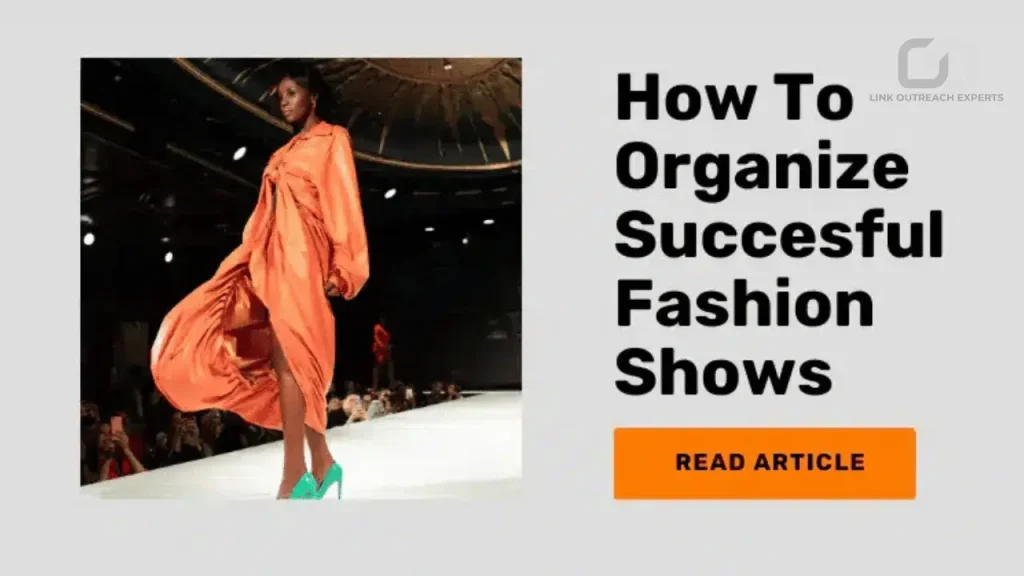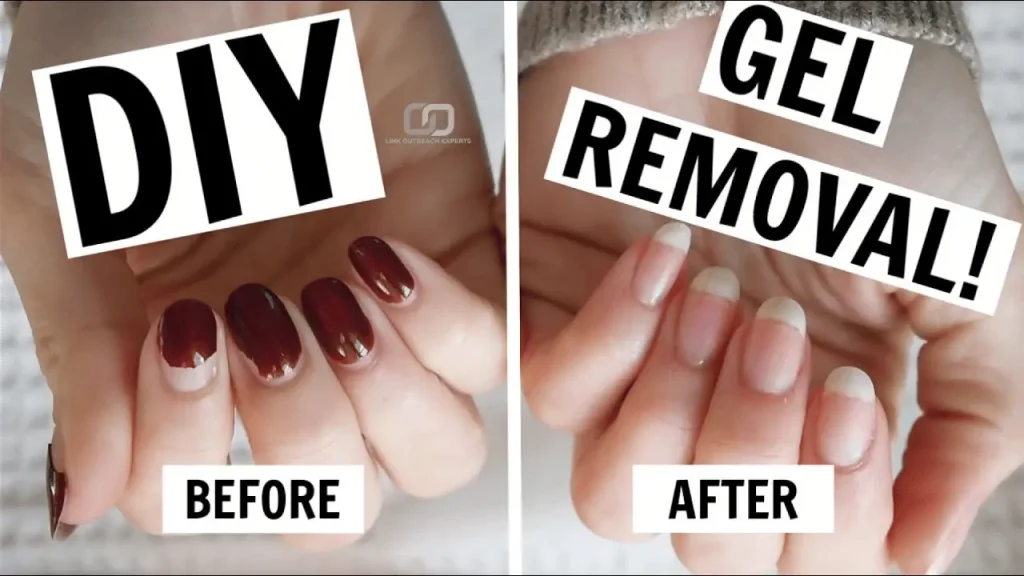Planning a fashion show involves several key steps. First, you need to define the purpose and theme of your show. This helps guide all your decisions, from the venue to the outfits. Create a budget to cover costs like the venue, models, and production. The next step is choosing a location that fits your show’s theme and audience. You will also need to design the layout and flow of the event to make sure it runs smoothly.
Once you have the basics, focus on hiring the right models and staff. Coordinate with designers for the outfits and accessories. Promote your show through marketing and social media to attract guests. Rehearsals are essential to ensure everything goes as planned.
Table of Contents
Creating a Realistic Budget
Creating a realistic budget is crucial for a successful fashion show. Start by listing all possible expenses, including the venue, models, staff, equipment, lighting, and promotional materials. Don’t forget about additional costs such as insurance, permits, and the technical setup for the runway. A thorough budget will give you a clear picture of what you need to spend and where the money is going.
Once you have an overview of costs, prioritize your spending. Allocate larger portions of the budget to essential items, such as the venue and models, while leaving less money for extras. This way, you can ensure that the most important elements are covered without overspending. It’s also important to research costs accurately to avoid any surprises down the line.
You should also set aside a contingency fund for unexpected expenses. Fashion shows often come with last-minute costs, such as additional staff or equipment. Having a backup budget can prevent financial stress if things don’t go exactly as planned. Throughout the planning process, keep track of every expense and adjust your budget as needed to stay on course.
Choosing the Perfect Venue
Choosing the perfect venue is crucial in planning a fashion show. First, consider the size of your audience. The venue should comfortably fit everyone, with enough space for models to walk the runway and for seating. The venue should match the theme of your show, whether modern, chic, or elegant.
Location and accessibility are key factors. Choose a venue that’s easy for guests to reach, with nearby parking or good transportation options. Make sure the venue has necessary facilities like lighting, sound systems, and dressing rooms for models. Check if the venue meets your technical needs.
Consider rental costs and ensure they fit within your budget. Make sure the venue is available on your event date. It’s also important to have venue staff available to assist with setup and management, ensuring everything runs smoothly on the day of the show.
Designing the Structure and Flow
Designing the structure and flow of your fashion show is key to creating an engaging experience. Start by planning the layout of the runway. It should be visible from all seating areas, with enough space for models to move comfortably. Think about the stage design and lighting to enhance the show’s atmosphere. The runway should complement the theme of the show and highlight the outfits being displayed.
Next, plan the timing and sequence of the show. Decide how many designers or collections will be featured and how long each segment will last. Keep the flow smooth by alternating between different collections or styles to maintain the audience’s interest. Make sure to allow time for model changes and brief breaks if needed. A well-organized flow ensures the show feels seamless and keeps the audience engaged.
Additionally, consider the pacing of the event. The show should not feel rushed, but it also shouldn’t drag on. Keep transitions between segments quick and efficient, ensuring the entire event stays on schedule. Having a clear structure helps manage expectations and ensures everything runs smoothly. For creative inspiration, explore what is indie fashion to incorporate unique elements into your event.
Selecting and Managing Models and Event Staff
Selecting and managing models and event staff is crucial for a successful fashion show. Start by casting models who fit the theme and vision of your show. Choose models with the right look and experience. Consider diversity and variety to appeal to a broad audience. Clearly communicate expectations, including rehearsal schedules, runway walks, and outfit changes.
Managing event staff is just as important. Hire experienced staff for roles like stage management, technical support, and front-of-house operations. Ensure everyone knows their responsibilities and is prepared to handle tasks efficiently. Assign a point person to coordinate communication between models, staff, and designers to keep things running smoothly.
It’s also important to create a positive working environment. Treat all team members with respect and foster collaboration. Regular check-ins and meetings will help keep everyone on the same page, ensuring the event goes off without a hitch.
Collaborating with Designers and Vendors
Collaborating with designers and vendors is essential for a successful fashion show. Start by reaching out to designers who align with your show’s theme. Discuss their vision for the collections and how they fit into the event. Make sure they understand the runway setup, model schedules, and timing. Clear communication ensures that the outfits and designs are showcased to their full potential.
Work closely with vendors who supply necessary items such as accessories, makeup, and props. Select reliable vendors who can meet deadlines and provide quality products. Coordinate with them to ensure all materials are available on time and fit the show’s vision. It’s important to check in regularly with both designers and vendors to avoid any last-minute issues and ensure everything runs smoothly during the event.
Effective Promotion Strategies
Effective promotion is key to ensuring your fashion show gets the attention it deserves. Start by creating a strong online presence. Use social media platforms to post behind-the-scenes content, teasers, and updates to generate buzz. Collaborate with influencers or bloggers to help spread the word and reach a wider audience. Paid ads on platforms like Instagram and Facebook can also target the right audience for your event.
Another important strategy is reaching out to local media outlets. Send press releases to fashion magazines, newspapers, and online publications. Offering exclusive access or interviews with designers can help attract media coverage. Additionally, use email marketing to send invitations and reminders to your target audience, creating anticipation leading up to the event.
In-person promotion is also valuable. Host a launch party or preview event to showcase the fashion and invite potential attendees, sponsors, and media. Building excitement through various promotional channels will ensure your fashion show gets the attention it needs.
Preparing for the Big Day
Preparing for the big day of your fashion show requires careful planning and organization. Start by conducting a final rehearsal to make sure everything runs smoothly. This includes checking the runway layout, lighting, sound, and model entrances. Ensure all staff members are clear on their roles and timing. Confirm that the models are prepared with their outfits, and all accessories are ready.
The day before the event, double-check that all logistics are in place. This includes confirming vendor deliveries, setting up dressing rooms for the models, and organizing seating for guests. Have a detailed timeline for the show to ensure everything stays on track. Keep emergency contacts handy in case any unexpected issues arise. Staying organized and prepared helps to reduce stress on the day of the event and ensures a successful show.
On the day of the show, arrive early to oversee the setup and handle any last-minute details. Ensure smooth communication between all teams, from the models to the technical crew. With everything in place, you can focus on making the event a success.
Conclusion
Planning a fashion show requires careful preparation and attention to detail. By selecting the right venue, creating a realistic budget, and managing models and staff, you can ensure a smooth event. Clear communication with designers and vendors is key to showcasing their work effectively.
On the big day, preparation is crucial. A final rehearsal and organized logistics help avoid surprises. Stay calm and focused, and ensure everyone knows their role. With the right planning, your fashion show will be a memorable event that successfully highlights the creativity and talent behind the collections.


